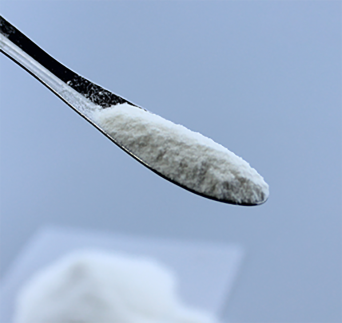
Dec . 15, 2024 14:00 Back to list
hydroxypropyl methylcellulose uses in tablets
The Role of Hydroxypropyl Methylcellulose in Tablet Formulations
Hydroxypropyl methylcellulose (HPMC), also known as hypromellose, is a semi-synthetic polymer derived from cellulose, a natural polymer found in the cell walls of plants. This versatile compound has gained significant importance in the pharmaceutical industry, particularly in the formulation of tablets. Its unique properties make it an essential excipient that enhances the effectiveness and stability of pharmaceutical products.
One of the primary uses of HPMC in tablet formulations is its role as a binder. When creating tablets, it is crucial to ensure that the active pharmaceutical ingredients (APIs) and excipients are bound together effectively. HPMC provides excellent binding properties, improving the cohesiveness of the tablet matrix and ensuring that the tablet maintains its integrity until consumption. This is particularly important for tablets that need to withstand handling and transportation without breaking or crumbling.
In addition to serving as a binder, HPMC also functions as a controlled-release agent. Many medications require sustained or delayed release into the body to optimize therapeutic effects. HPMC’s gel-forming properties allow it to swell when in contact with gastrointestinal fluids, creating a viscous gel. This gel slows down the release of the active ingredients, ensuring a gradual and controlled absorption into the bloodstream. This feature is particularly beneficial for chronic conditions where maintaining stable drug levels is essential.
Another significant benefit of using HPMC in tablet formulations is its ability to enhance the solubility of poorly soluble drugs. Many drugs have low bioavailability due to their poor solubility, which poses challenges in achieving therapeutic concentrations in the bloodstream. HPMC can improve the solubility of such compounds by creating a hydrophilic environment around the drug particles, facilitating better dissolution and absorption. This property allows formulators to develop more effective tablet formulations that can enhance patient compliance through improved drug efficacy.
hydroxypropyl methylcellulose uses in tablets

HPMC also acts as a film coating agent in tablet formulations. Film coatings are used to protect the active ingredients from degradation due to moisture, light, and air, which can adversely affect their stability. HPMC film coatings provide an effective barrier, safeguarding the tablet while maintaining its dissolution properties. The use of HPMC in film coatings allows for smoother and more uniform coating processes, resulting in aesthetically pleasing and more palatable tablets, which is particularly important in consumer-centered pharmaceutical markets.
Another important attribute of HPMC is its versatility in different types of formulations. It can be utilized in immediate-release, sustained-release, and controlled-release formulations, making it a valuable ingredient across a wide range of pharmaceutical applications. Additionally, HPMC is compatible with various other excipients, enabling formulators to create complex tablet formulations tailored to specific therapeutic needs.
Moreover, HPMC is known for its non-toxic and biodegradable properties, which are increasingly important in today’s environmentally conscious market. The demand for greener and more sustainable pharmaceutical formulations is on the rise, and HPMC aligns with this trend by providing an environmentally friendly option without compromising performance.
Lastly, the safety profile of HPMC is noteworthy. It is generally recognized as safe (GRAS) by regulatory authorities and has extensive usage in both pharmaceutical and food products. This safety profile gives formulators confidence in using HPMC in their products, ensuring that patients receive medications that are not only effective but also safe.
In conclusion, hydroxypropyl methylcellulose plays a pivotal role in tablet formulations within the pharmaceutical industry. Its multifunctional properties as a binder, controlled-release agent, solubility enhancer, film coating agent, and its environmental compatibility make it an invaluable excipient. As pharmaceutical science continues to advance, the demand for effective and safe tablet formulations will likely keep HPMC at the forefront of excipient selection, driving innovations that ultimately improve patient outcomes and satisfaction. Understanding and utilizing the diverse functionalities of HPMC can empower formulators to design improved drug delivery systems that meet the complex needs of modern therapeutics.
-
tile-bonding-additives-for-stronger-bonds
NewsAug.22,2025
-
construction-grade-rdp-for-wholesale-needs
NewsAug.22,2025
-
trusted-wholesale-hec-partners
NewsAug.22,2025
-
hec-solutions-for-industrial-excellence
NewsAug.22,2025
-
construction-additives-need-hpmc-essentials
NewsAug.22,2025
-
hpmc-versatile-cellulose-ether-for-industries
NewsAug.22,2025







